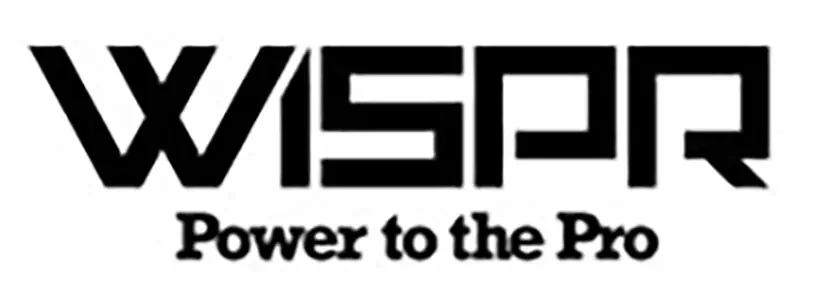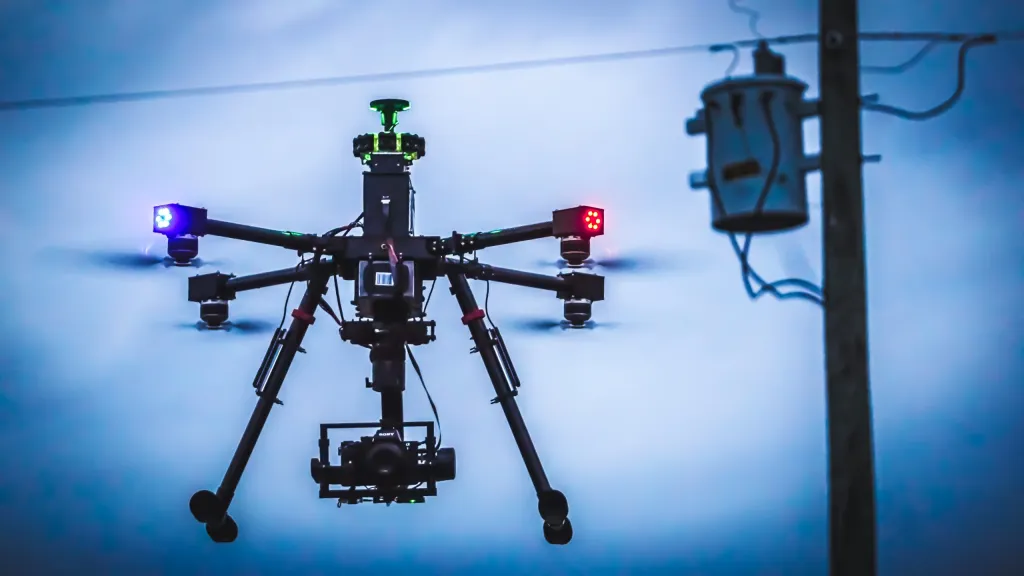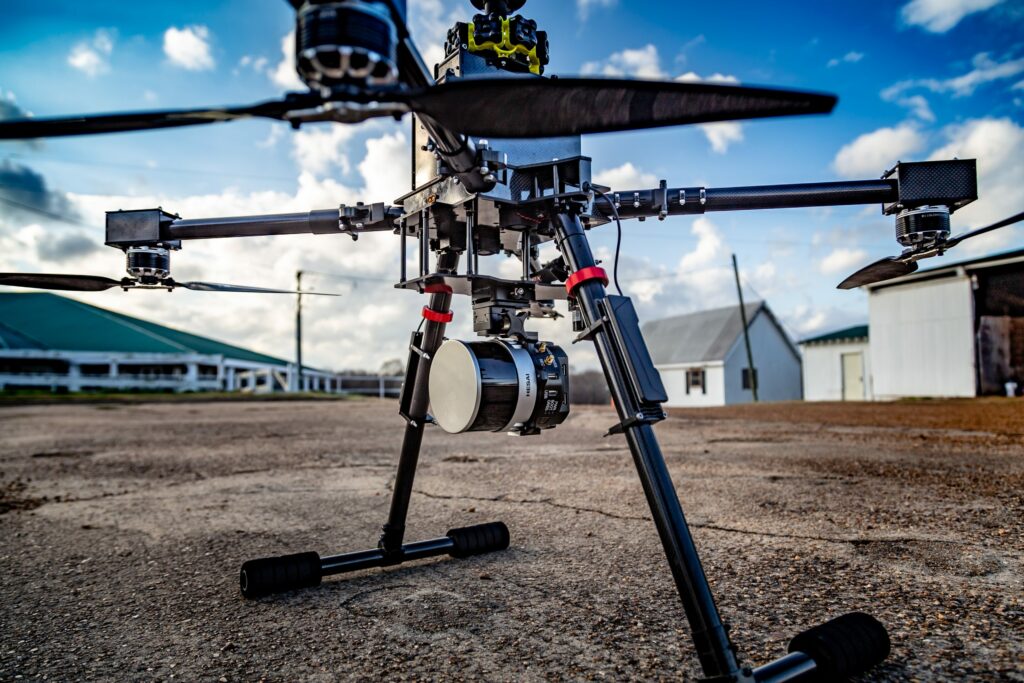Leading manufacturer of the Ranger Pro Series WISPR Systems talks to UnmannedSystemsTechnology.com (UST) about the challenges in designing an EMI resistant industrial drone, and what it takes to engineer drones that can successfully fly over volcanoes, withstand 35mph+ winds and cover 500 acres in the 110-degree heat.
WISPR System’s American-made multirotor drones are designed for demanding commercial applications. Could you outline the key challenges addressed when designing the Ranger Pro 1100?
Designing the Ranger Pro 1100 posed a multitude of challenges, encompassing stability, weight, size, portability, vibration, power, payload capacity, flight time, durability, and reliability. Namely, electromagnetic interference proved to be a particularly daunting obstacle during the prototyping phase, necessitating effective measures to redirect it from sensitive components.
The next phase involved production, which involved the demanding task of ensuring reproducibility of the packaged version prototype, while also upholding quality assurance standards, potentially, making it the most challenging hurdle to overcome. Finally, the constant upkeep and improvement in software and support, while allowing accessibility to users, will be an ongoing task moving forward.
Especially useful for aerial mapping, surveying, and inspection, can you give our readers any use-cases of the Ranger Pro 1100 being used in challenging industrial situations?
We have customers flying over volcanoes and other areas with large magnetic fields with no issues, yet they had crashed previously used drones into the side of the volcano due to EMI problems. With our built-in aircraft-grade shielding we absorb and dissipate magnetic interference rather than using other methods that do not control and maintain electromagnetic interference, allowing our drones to thrive in such situations.
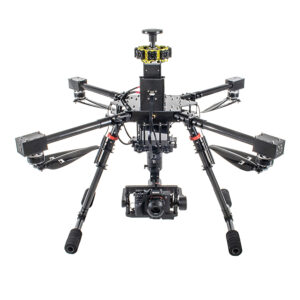 Our built-in cooling and temperature fail-safes keep the drone safe in all situations, be it too hot or too cold. We have customers flying in Arizona doing 300–500-acre jobs in the 110-degree heat with no problems at all! Minus 6 degrees is the coldest that we have been tested in, but we suspect we would be fine in even colder environments.
Our built-in cooling and temperature fail-safes keep the drone safe in all situations, be it too hot or too cold. We have customers flying in Arizona doing 300–500-acre jobs in the 110-degree heat with no problems at all! Minus 6 degrees is the coldest that we have been tested in, but we suspect we would be fine in even colder environments.
One of the areas where our Ranger Pro shines is handling high wind environments. We have a mining customer that is regularly flying in 35mph+ winds with our Ranger Pro. They would not fly their previous platform in winds above 20mph, so they are getting more flights in a week and are able to make decisions much faster.
Alongside it’s portability the Ranger Pro 1100 is known for reliability when working in harsh commercial environments and carrying expensive technical payloads. Can you explain more about how you’ve achieved this level of durability and the fail-safes in place to protect both drone and payload?
The durability starts with the modular and thoughtful design of the hardware. Next, our drones’ frames are built from carbon fiber and aluminum, which is a light, yet durable platform.
The Ranger Pro EMI (electromagnetic interference) shielding is a significant factor when looking to protect industrial drones. EMI is 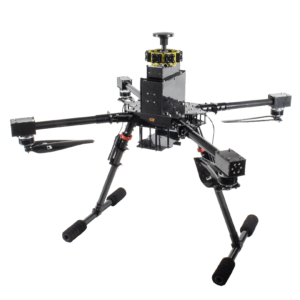 caused by many of the features our drones are used to inspect, such as:
caused by many of the features our drones are used to inspect, such as:
- Powerlines
- Areas with a lot of metal
- Concrete with rebar
- Mountainous areas
- Areas with a lot of iron ore in the ground
- Transmission towers
- Broadcast towers
The fail-safes have been very helpful dealing with battery management and heat on critical electronics. Safety is extremely important to WISPR not only to protect valuable payloads, but our customers as well.
How do you see WISPR System’s evolving in 2023 and beyond?
WISPR Systems will continue to evolve and innovate as quickly as we can. We have become fairly involved in the regulatory environment in the US surrounding unmanned aerial systems and we will try to stay ahead of these regulations and be able to capitalize on the new markets as they come online.




